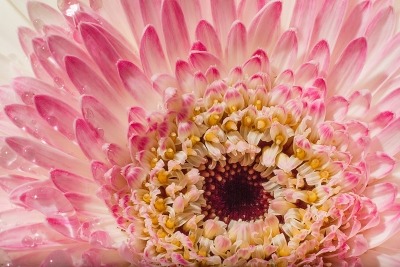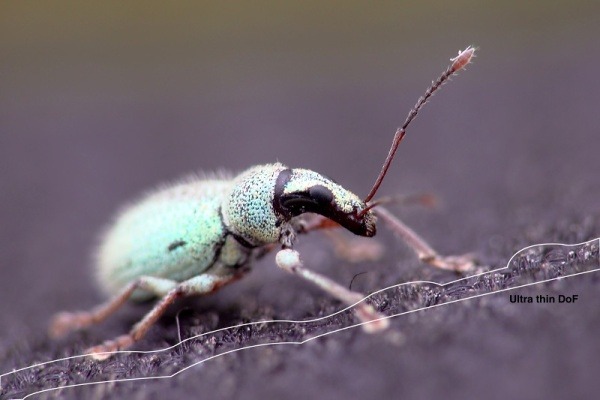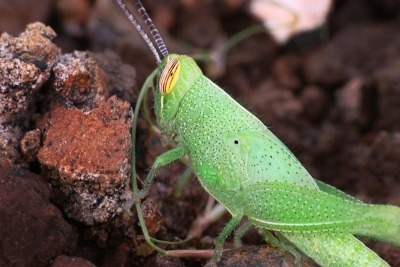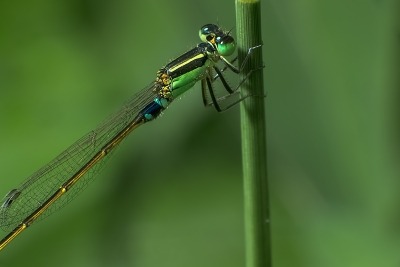How Close is Close Enough?
The fascination for closeup and macro photography is very common among photographers, both amateur and professional alike.
As the prosumer cameras are getting better and better by the day, the macro possibilities are opening more and more for even the non–DSLR camera users. As a matter of fact, many a time, these smaller, weather sealed cameras produce photographs that are as good as ones taken with a DSLR and macro lens. Again, great add-ons like Raynox DCR 250 can be easily mounted on the lens of these non-SLR cameras. Such arrangements open a complete new world for the photographer.
In short, macro and super macro photography has become a commonplace hobby for most of the photographers.
The ability to go closer and closer, seeing tinier and tinier subjects also raises an interesting question,
How Close Is Close Enough?
Obviously the answer is as much as the photographer wants!
However, one needs to bear in mind that it is not merely the technical ability of the camera or the lenses that bring out the smaller world, but it is also the significance of the subject as well as aesthetic considerations of presentation that plays part in the merits of the final photograph.
One of the key factors in deciding how close to go is the depth of field of the photograph. While working at macro level, photographers are dealing with extremely shallow depth of field. The only way to increase that is by reducing the aperture of the lens. Quite often inexperienced photographers do not realise the downside of going to the extreme end of aperture reduction. They often tend to go to the lowest possible aperture value that can be allowed to by the equipment. This results into substantial distortion as well as chromatic aberration in the photograph. At such times it makes more sense not to go too close and work with slightly larger aperture values.
Common subjects for macro include water droplets and insects. Let us take an instance of a photograph where – with focus is on the eye of the insect and the rest of the image is a blur.
This may not be something the photographer might have had in mind while clicking the photograph. The unfortunate part is that there is absolutely no way of getting back the blurred details of the photograph.
To summarize what the decision points would be for – How Close Is Close Enough?”
– Get as close as you can as long as the area captured in sharp focus makes sense. Stop the moment you feel that you”re losing out on the details at the margins of the area of interest. Don”t forget that you always have an option of cropping the image and making it look little closer!
– Don”t go to the extreme camera settings. They are extremes because beyond those it is not possible to capture photographs of acceptable quality. Needless to say, it always helps to stay a couple of stops away from the extreme.
– Be absolutely sure that your camera is held at right angles to the plane that you want to have in sharp focus. This will allow you to get a more close-up image than if you hold the camera at an angle.
– And remember that the camera equipment, today, allows substantial close up abilities. But, don”t try to push the boundaries of these abilities. Stay within and enjoy the new tiny world!







